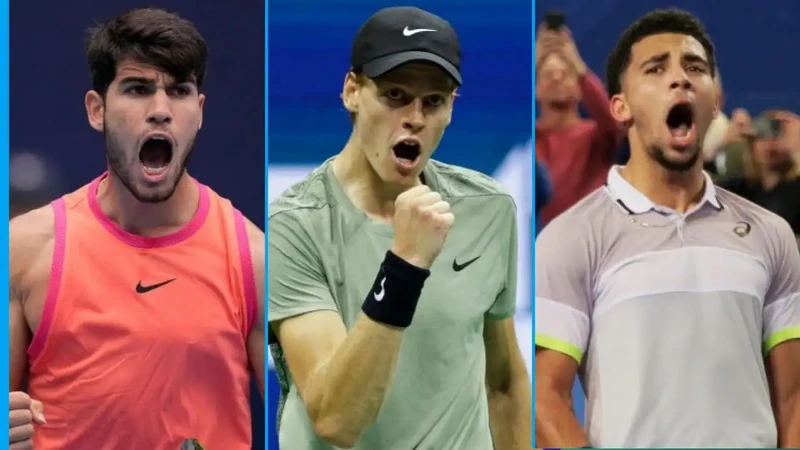Getting Started
First off, I needed data. Loads of it. I started digging around for stats on Alcaraz's past matches. Where he played, who he played against, the scores, everything. It was a lot of web scraping, let me tell you. I used some Python libraries like Beautiful Soup to pull data from sports websites. It felt like I was drowning in numbers and dates.
Cleaning the Mess
Once I.dne had the data, it was a total disaster. Some stats were missing, formats were all over the place, and it was just chaotic. I spent days cleaning it up. I used Pandas for this, which is pretty handy for organizing data. I had to fill in missing values, standardize the dates, and make sure everything was consistent. It was tedious, but you know, kinda satisfying to see it all neat and tidy in the end.
The Fun Part (or so I thought)

Then came the "fun" part – building a model. I thought, "Hey, I'll just throw this data into a machine learning model, and it'll magically predict the future!" Yeah, not so easy. I started with a simple linear regression model, just to get a feel for it. I used scikit-learn for this, which has a bunch of ready-to-use models.
I trained the model on some of the data and tested it on the rest. The results? Let's just say they were... underwhelming. It was basically guessing. I realized I needed to do more than just dump data into a model. I had to understand the game, the player, and what actually mattered.
Back to the Drawing Board
I went back and started thinking about what factors could influence a match. Things like Alcaraz's form, his opponent's strength, the surface they were playing on, and even their head-to-head history. I added these as features to my model. It was like cooking – you gotta have the right ingredients, you know?
Trying Again
I experimented with different models – random forests, gradient boosting, and even a neural network. Each time, I'd train the model, test it, tweak it, and repeat. It was a lot of trial and error. The neural network seemed to work best, but it was also the most complex. I used TensorFlow for that one, and it felt like I was building a spaceship or something.
The Results
Finally, I had something that was giving decent predictions. It wasn't perfect, not by a long shot, but it was better than random guessing. I could input upcoming matches, and it would give me probabilities of Alcaraz winning or losing. It felt pretty cool to see it actually working, even if it wasn't 100% accurate.
What I Learned
This whole project was a wild ride. I learned a ton about data collection, cleaning, and modeling. But more than that, I learned that predicting sports is tough! There's so much randomness and so many factors at play.
I also realized that it's not just about the technical skills. You need to understand the domain you're working with. I spent a lot of time watching tennis matches and reading about Alcaraz, which made the whole process much more enjoyable and insightful. It's also shown me that even if predictions aren't perfect, the process of trying to make them can be really rewarding.
So, that's my story of trying to predict Carlos Alcaraz's matches. It was messy, challenging, and a lot of fun. And who knows, maybe one day I'll get those predictions spot on!

